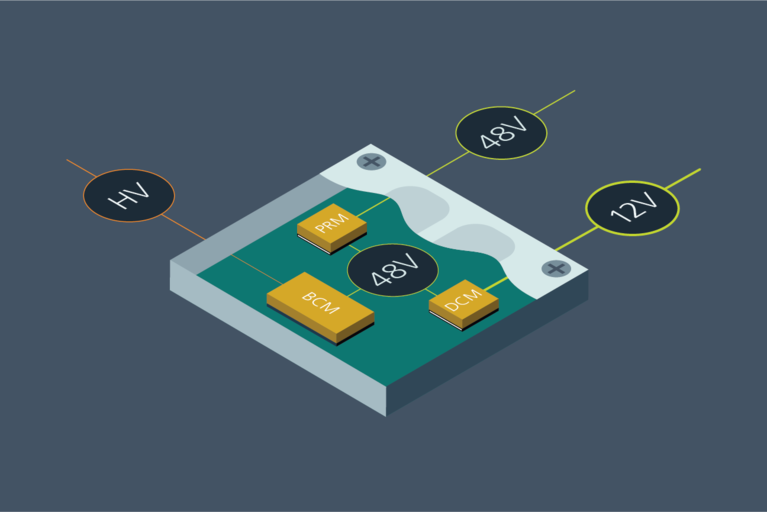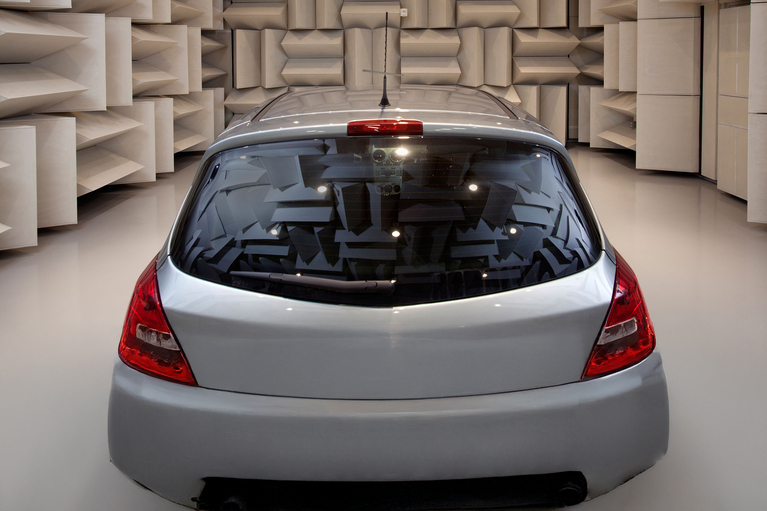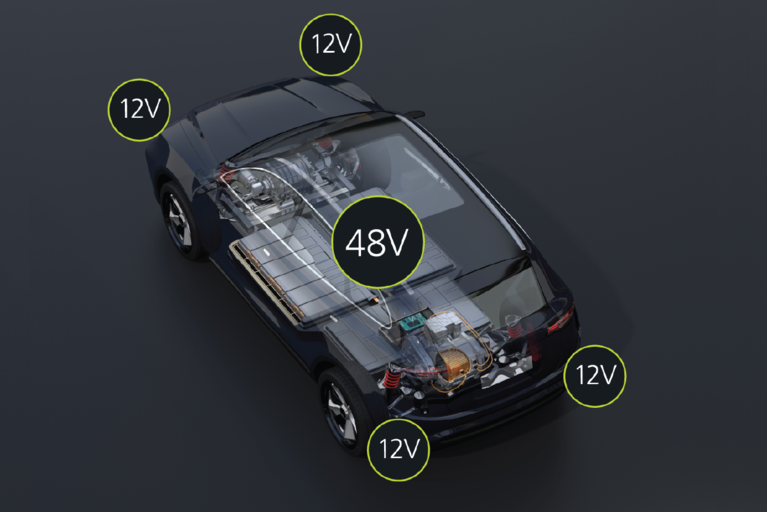
高密度功率模組簡化和縮小電動汽車電源系統設計
Vicor 電源模組為電動汽車應用注入創新。瞭解三款汽車級新產品將如何徹底改變未來的電源設計
Finding an efficient, compact solution to meeting EMI requirements is a greater challenge than ever.
In the USA and Europe, conducted noise emissions are governed by the Class A and Class B limits of both FCC and VDE standards. In the USA, the FCC requires compliance with Class A for equipment operating in factory settings and Class B—the stricter standard—for equipment destined for home use. In Europe, all countries require that equipment for both home and factory use meet the VDE Class B standard.
The FCC and VDE standards are familiar worldwide and the basis for many local standards. Meeting FCC/VDE Class B limits allows equipment to be operated in most settings anywhere.
“Conducted noise” refers to noise currents on the input power lines which are generated by high frequency switching circuits within equipment connected to the lines. These noise currents, which include common-mode and normal-mode noise, flow between the power source and the equipment power supply and find their way back onto the power lines. Common-mode conducted noise current is the unidirectional (in phase) component in each of the two power lines, which generally finds a return path via the third (earth ground) wire. Normal-mode conducted noise current is the component of current which is opposite in direction or phase in the two power lines.
Conducted noise measurements may be made using either a receiver or a spectrum analyzer in conjunction with related equipment to obtain sufficient sensitivity and overload protection to ensure accurate, repeatable measurements of all emissions over the frequency range of 100kHz to 30MHz. Both the equipment under test (EUT) and the receiver or analyzer are connected to the power source through a line impedance stabilization network (LISN).
The LISN provides power line frequency (50 – 60Hz) coupling between the EUT and the power source, while ensuring a high degree of isolation over the spectral measurement range. The receiver or analyzer provides a 50 ohm termination to the LISN measurement port. This guarantees a fixed or calibrated relationship between conducted EMI current and the resulting voltage at the input of the measurement apparatus.
Related content
Webinar: EMI characterization and filtering
高密度功率模組簡化和縮小電動汽車電源系統設計
Vicor 電源模組為電動汽車應用注入創新。瞭解三款汽車級新產品將如何徹底改變未來的電源設計
高密度電源模組推動主動懸架技術日趨成熟
主動懸掛系統已從 20 世紀 90 年代的測試版發展成為今天的 48V 驅動系統。瞭解電源模組對電源系統設計的影響
基於 MHz 開關頻率的器件助力實現 DC-DC 轉換器和 EMI 濾波器的小型化
想像一下,使用 DC-DC 轉換器解決方案來利用高頻開關的優勢,而不會發生傳統解決方案的缺點
採用 48V 區域架構,打造面向未來的先進電動汽車
隨著原始設備製造商(OEM)採用 48V 電源架構,他們正努力優化其電源系統設計。 Vicor 的高功率密度模組可為 48V 區域架構提供峰值效率



